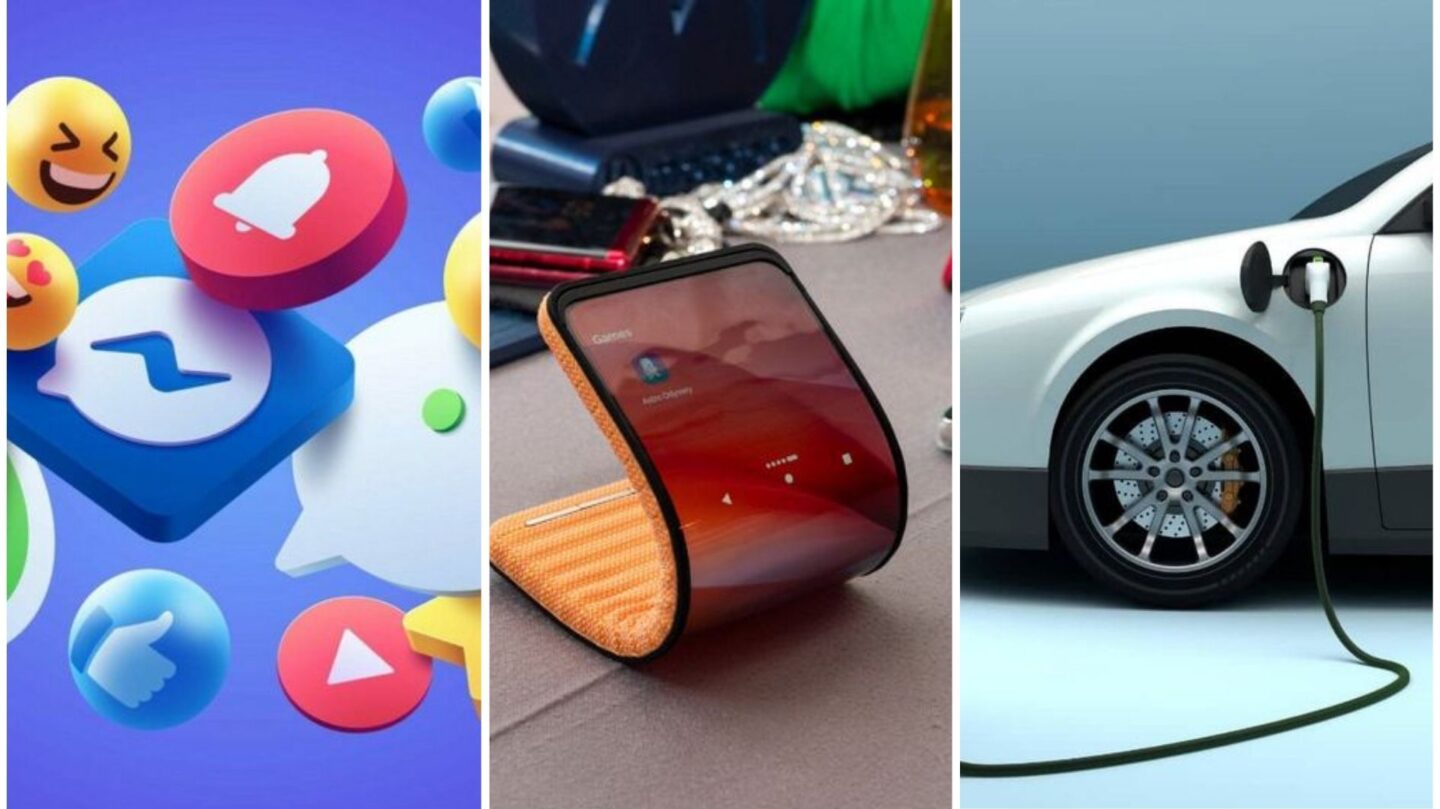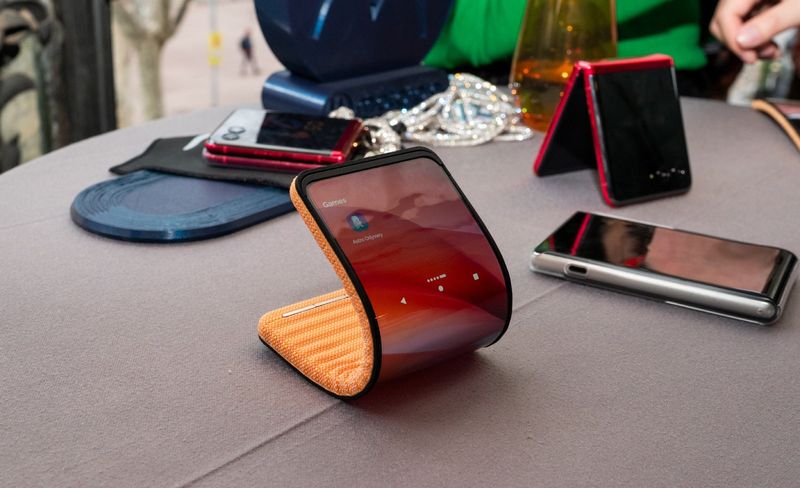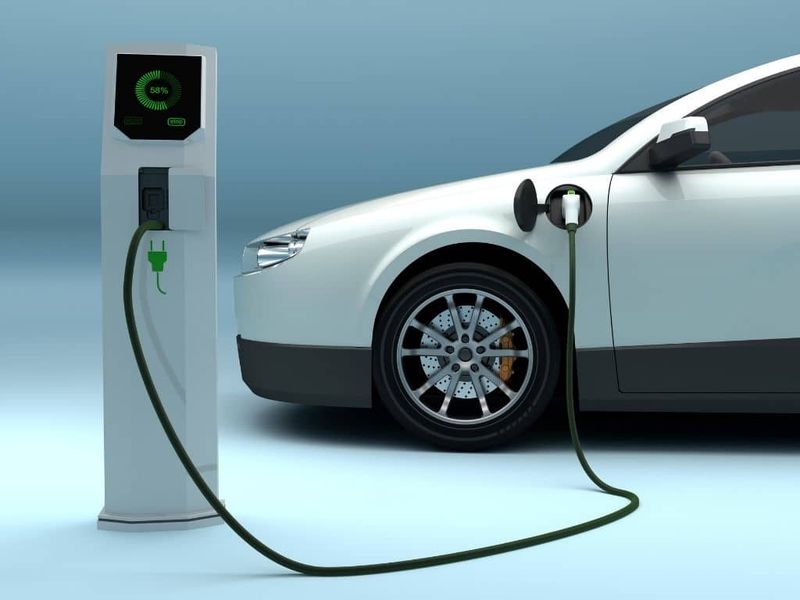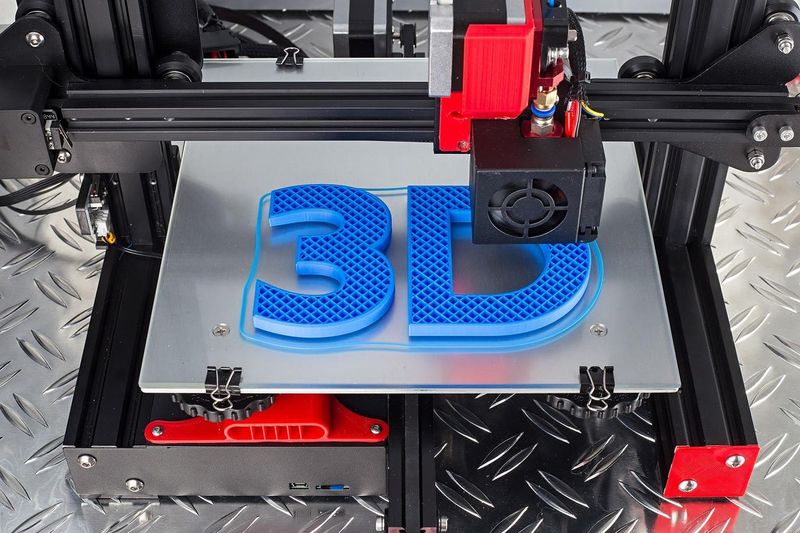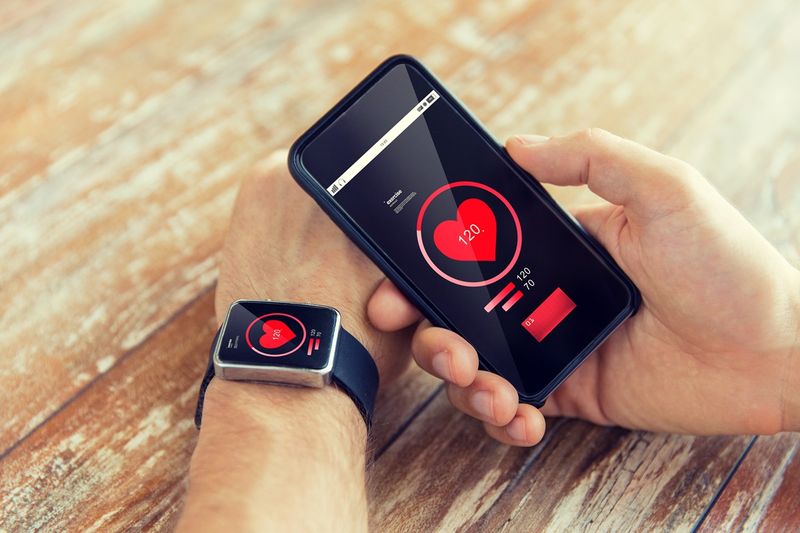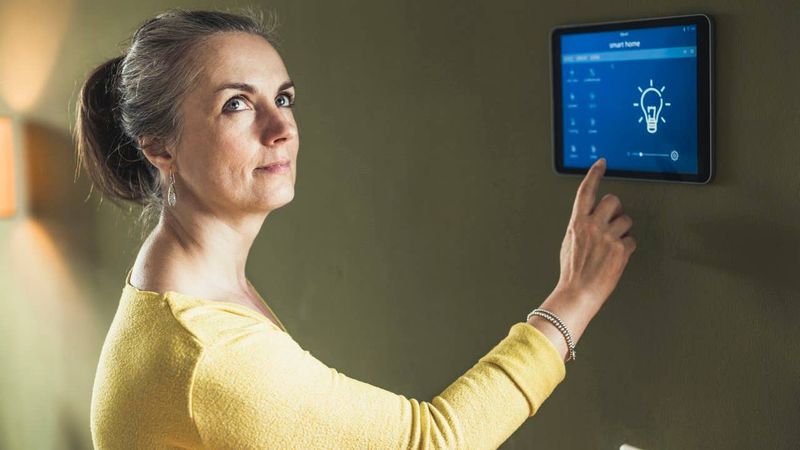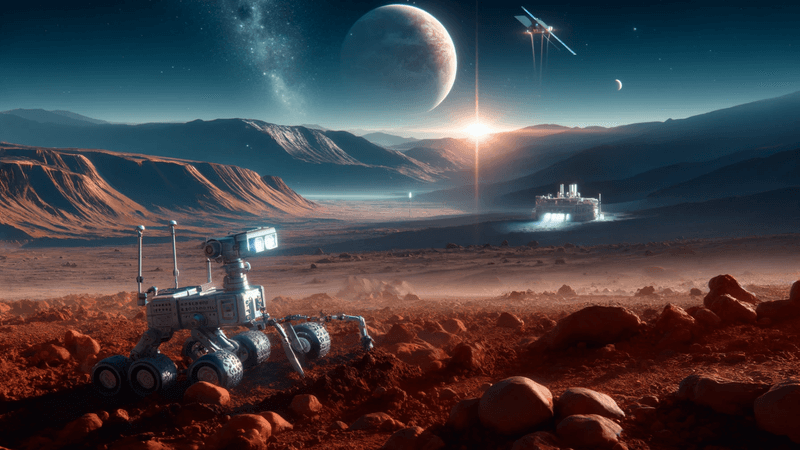In the 1980s, the world was on the cusp of the digital revolution, yet there were certain breakthroughs that seemed unimaginable. Fast-forward to today, and we are surrounded by technological wonders that were once the stuff of science fiction. From the ways we communicate to how we explore the universe, these innovations have reshaped our world in ways that would astonish the people of the 80s.
Smartphones
In the 1980s, mobile phones were bulky, expensive, and only used for calls. Fast-forward to today, and smartphones are compact devices that fit in our pockets. They are not just phones but powerful mini-computers.
With high-resolution touch screens, internet connectivity, and countless apps, they have transformed communication, entertainment, and productivity. From social media to video conferencing, and even navigation, they’ve revolutionized how we interact with the world.
It’s hard to imagine life without these all-in-one gadgets, making them one of the most significant innovations since the 80s.
Internet
Back in the 80s, the internet was barely a concept, known only to a few researchers. Today, it’s a vast network connecting billions worldwide.
The internet has fundamentally altered how we live, work, and play. It provides instant access to information, enables online shopping, and allows for seamless communication.
From streaming movies to running businesses, its impact is profound. This ubiquitous connectivity was beyond imagination in the 80s, yet now it’s an integral part of daily life, driving innovation and shaping our global culture.
Social Media
In the 80s, social interaction was limited to face-to-face meetings and phone calls. Enter social media, a phenomenon that connects people globally at the click of a button.
Platforms like Facebook, Instagram, and Twitter allow users to share moments, express opinions, and build communities. These virtual spaces have transformed personal relationships and how businesses engage with customers.
The influence of social media is vast, affecting politics, culture, and even self-expression. It’s a digital revolution that the 80s could scarcely imagine, now woven into the fabric of society.
Electric Cars
In the 1980s, the idea of electric cars was more science fiction than reality. Fast-forward to today, and electric vehicles (EVs) are rapidly transforming transportation.
These environmentally friendly cars offer sustainable alternatives to traditional gasoline vehicles, with reduced emissions and lower operating costs.
Innovations in battery technology and charging infrastructure have driven their adoption. Major car manufacturers are producing EVs, and their presence on roads is steadily increasing, marking a significant shift in how we think about mobility.
3D Printing
In the 80s, manufacturing was all about large factories and assembly lines. Today, 3D printing has revolutionized production, allowing individuals to create complex objects at home.
This technology enables rapid prototyping, customization, and the production of intricate designs with various materials.
Industries from healthcare to aerospace are leveraging 3D printing for innovation. Its ability to democratize manufacturing was unimaginable in the 80s, yet now, it’s paving the way for a future where creativity meets technology in extraordinary ways.
Artificial Intelligence
Artificial intelligence was a futuristic dream in the 80s, reserved for sci-fi films. Today, AI is a reality, transforming industries and daily life.
From virtual assistants like Siri and Alexa to complex data analysis and autonomous vehicles, AI is everywhere. It enhances productivity, personalizes experiences, and drives innovation.
The capabilities of AI continue to expand, promising further advancements that seem straight out of a movie. Its evolution from fiction to fact highlights the leaps technology has made since the 80s.
Wearable Technology
In the 80s, wearable technology was limited to digital watches and Walkmans. Today, wearables like smartwatches and fitness trackers monitor health metrics and keep us connected.
These devices provide real-time data on heart rate, sleep patterns, and activity levels, promoting healthier lifestyles.
The integration of technology into everyday accessories reflects the incredible progress since the 80s. Wearables have become an essential part of modern life, offering convenience and insights that were once unimaginable.
Streaming Services
In the 80s, entertainment was limited to scheduled TV programming and video rentals. Enter streaming services, which have revolutionized how we consume media.
Platforms like Netflix and Hulu offer on-demand content, allowing viewers to watch shows and movies anytime, anywhere.
This shift has disrupted traditional media, providing convenience and personalization that was unimaginable in the 80s. The era of flipping through channels has given way to customized viewing experiences, reshaping the entertainment landscape.
Smart Home Devices
The concept of a smart home was a distant dream in the 80s. Today, technology allows us to control various aspects of our homes with ease.
Smart home devices like thermostats, lighting, and security systems offer convenience and efficiency.
Voice-activated assistants manage tasks, while smart appliances enhance daily living. The integration of technology into our homes reflects the dramatic changes since the 80s, making our living spaces more intuitive and responsive.
Space Exploration Advances
In the 80s, space exploration was limited to government-led missions. Today, private companies have entered the arena, pushing the boundaries of what’s possible.
Innovations in technology have enabled more frequent and ambitious missions, from Mars rovers to reusable rockets.
The involvement of companies like SpaceX has accelerated space exploration, making it more accessible and forward-thinking. These advancements were beyond the wildest dreams of the 80s, yet now they are leading us into a new era of discovery.
